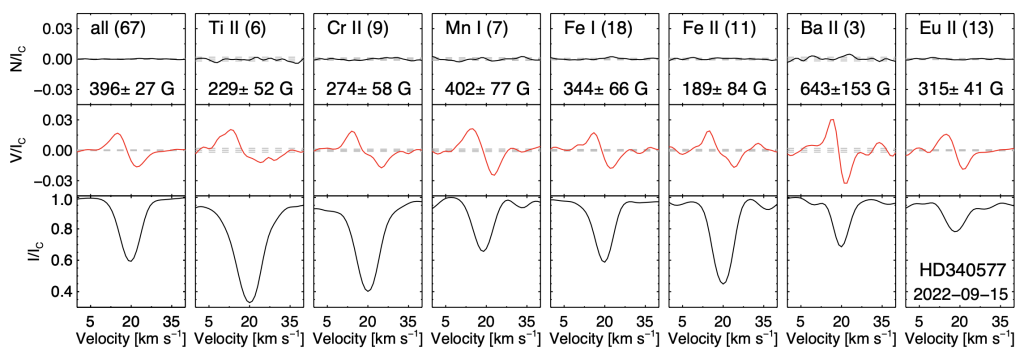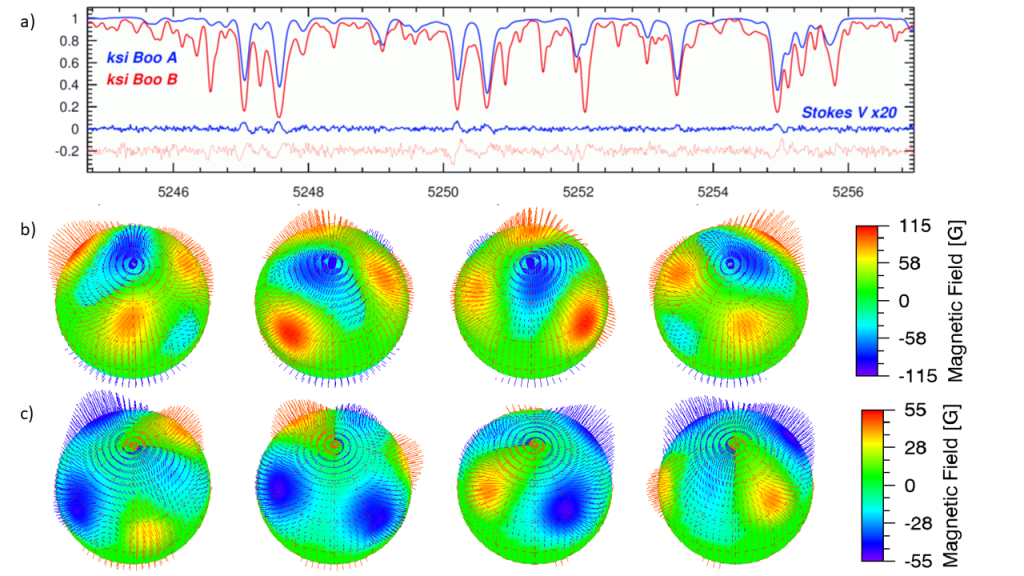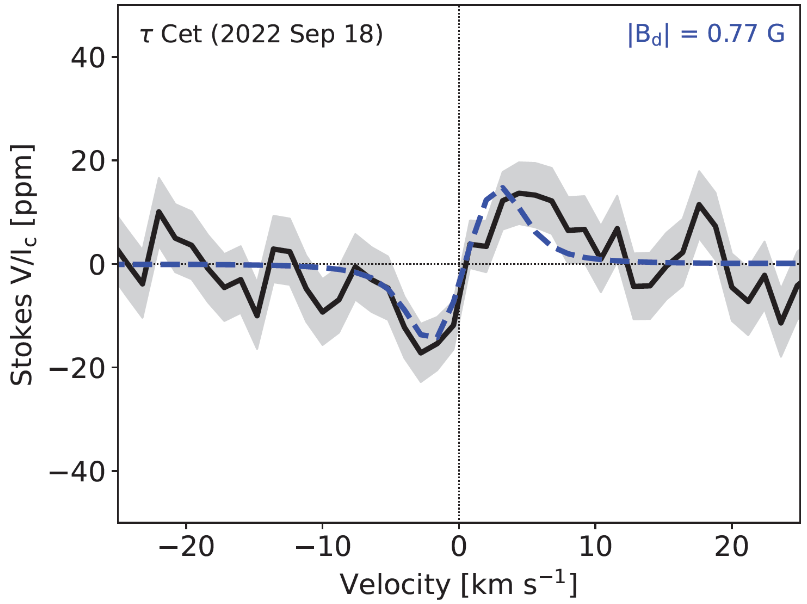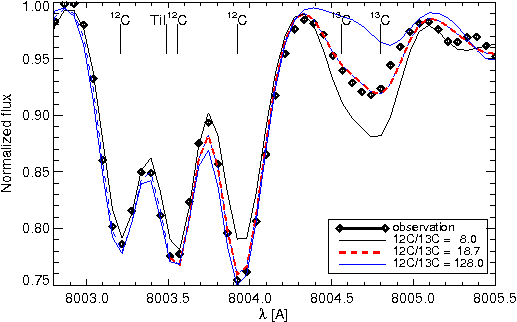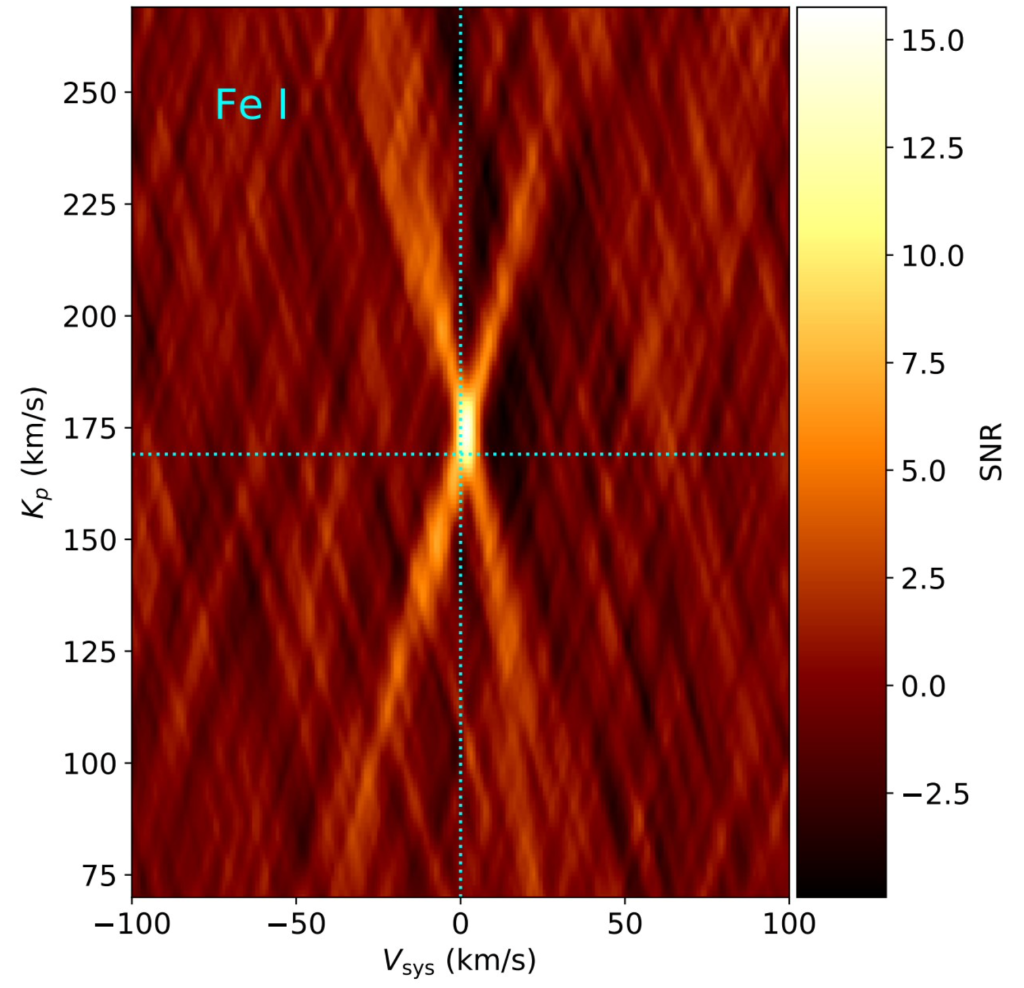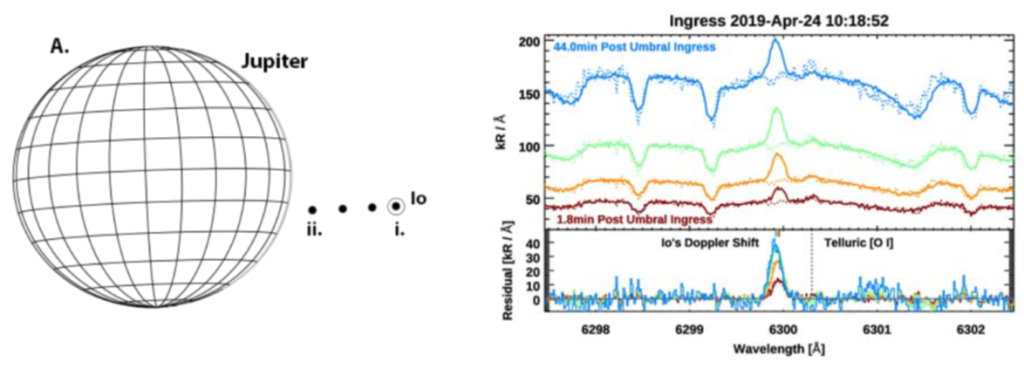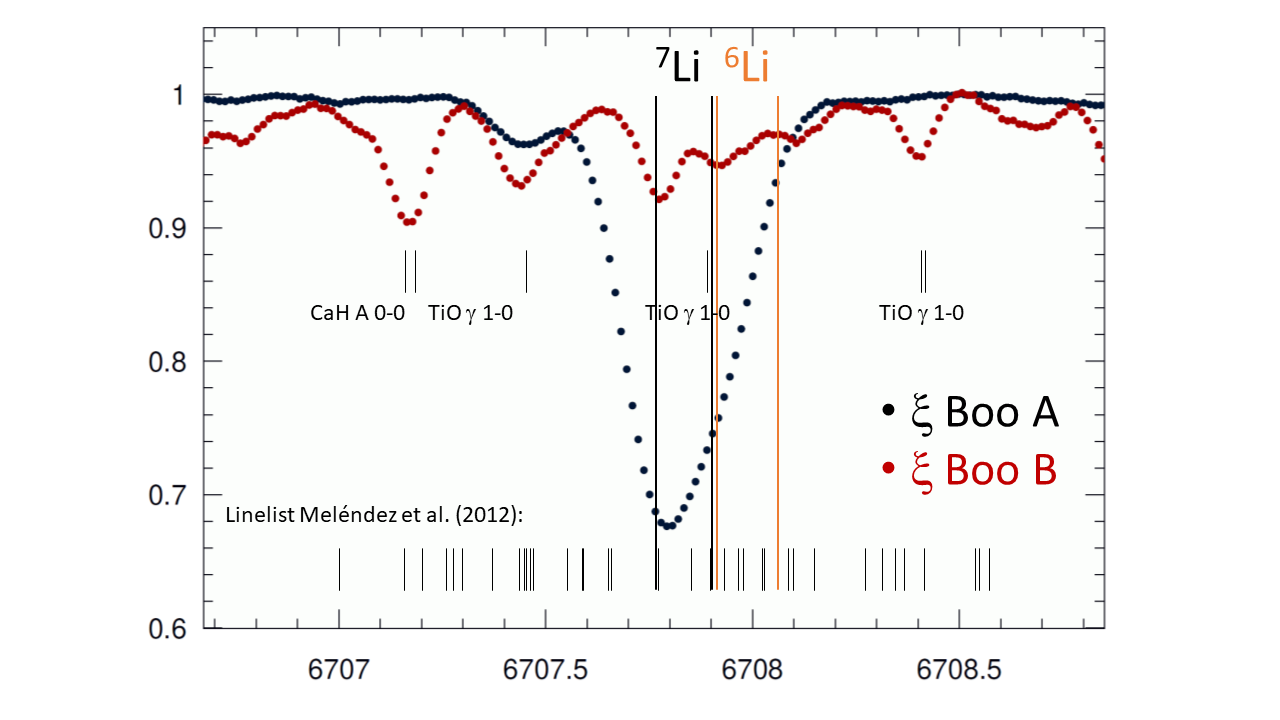The bright star lam Ser hosts a hot Neptune with a minimum mass of 13.6 MEarth and a 15.5 day orbit. It also appears to be a solar analog, with a mean rotation period of 25.8 days and surface differential rotation very similar to the Sun. We detect solar-like oscillations in time series photometry from the Transiting Exoplanet Survey Satellite (TESS), and we derive precise asteroseismic properties from detailed modeling. We obtain new spectropolarimetric data, and we use them to reconstruct the large-scale magnetic field morphology. We reanalyze the complete time series of chromospheric activity measurements from the Mount Wilson Observatory, and we present new X-ray and ultraviolet observations from the Chandra and Hubble space telescopes. Finally, we use the updated observational constraints to assess the rotational history of the star and to estimate the wind braking torque. We conclude that the remaining uncertainty on stellar age currently prevents an unambiguous interpretation of the properties of lam Ser, and that the rate of angular momentum loss appears to be higher than for other stars with similar Rossby number. Future asteroseismic observations may help to improve the precision of the stellar age.
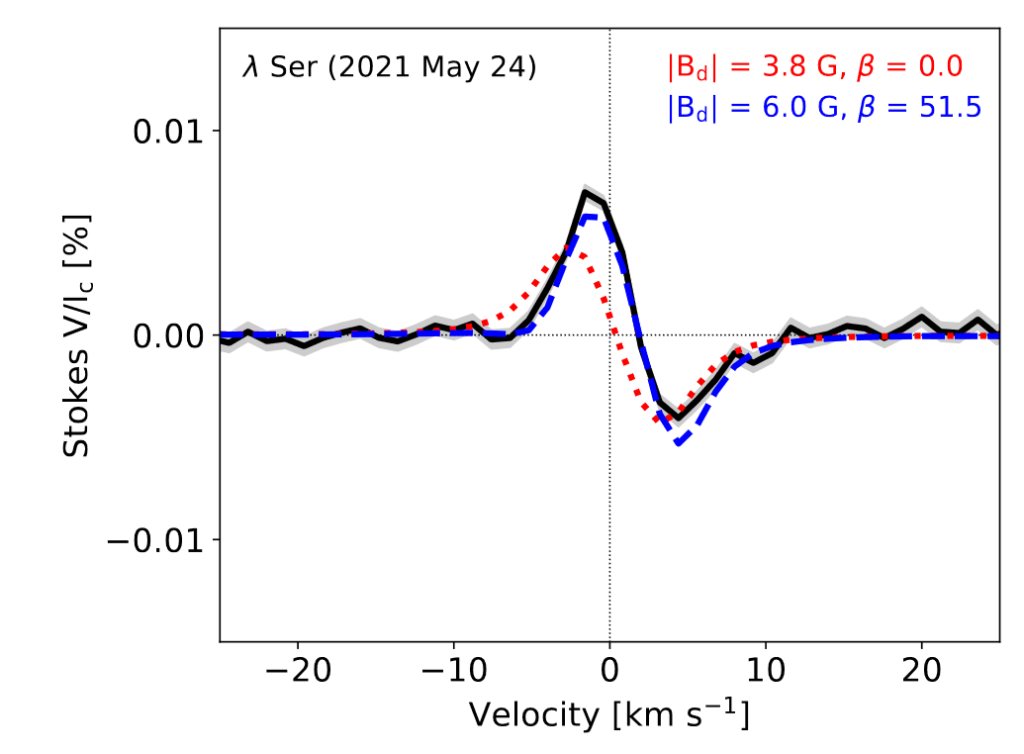
Read more: Metcalfe et al. 2023, AJ, in press (arXiv 2308.09808).

